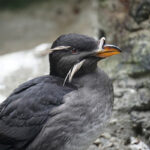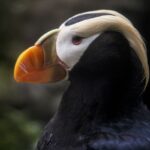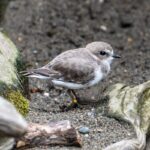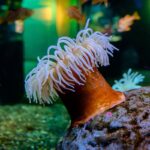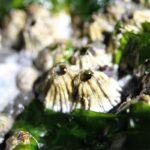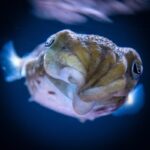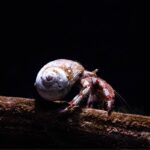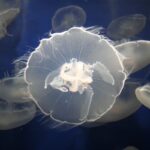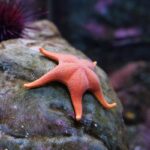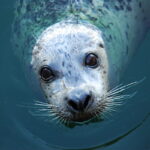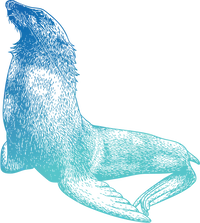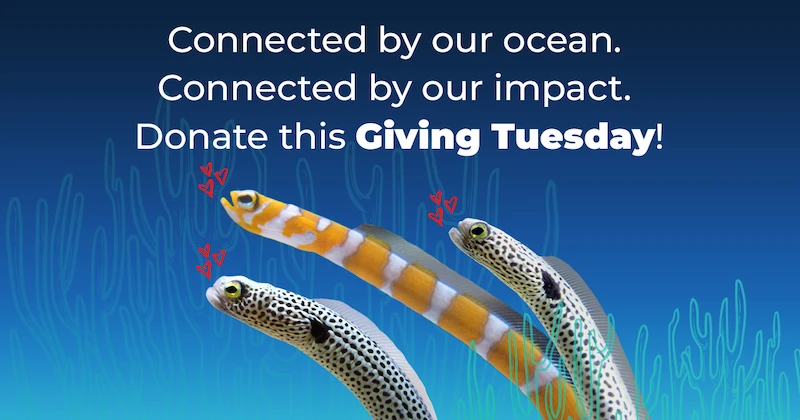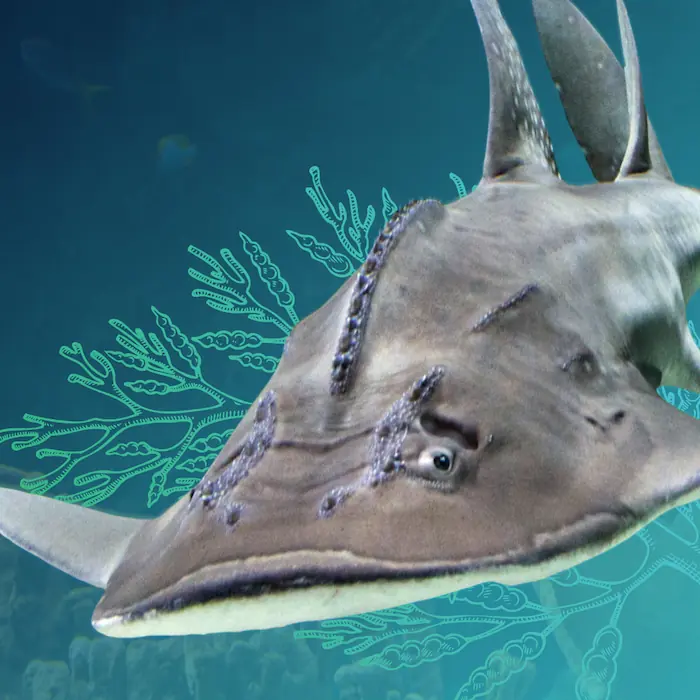Animals
Discover some of the amazing species you can get to know during a visit to the Seattle Aquarium
Select from the categories below to see and learn about just a few of the bird, fish, invertebrate and marine mammal species that you’ll encounter as you explore our habitats.
Where do these animals live and what are their homes like? What do they eat and how do they get their food? How can we help protect their populations and habitats in the wild? You’ll find answers to these questions and many more. Plan a visit to the Seattle Aquarium when you’re ready to take a deeper dive!
Birds
Tufted puffins who dive up to 100 feet below the surface. Black oystercatchers, who don’t quite live up to their names. Long-billed curlews, who most certainly do! Select this category to meet some of the fascinating bird species in our care at the Aquarium.
Fish
Whether they live in colder or warmer waters, all fish share some key similarities. They’re vertebrates, which means they have backbones. And they’re cold-blooded, which means their internal body temperature changes according to the temperature around them. Select this category to learn about some of the amazing fish species at the Seattle Aquarium.
Explore
Blacktip reef shark
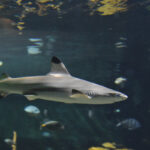
Blue-spotted stingray
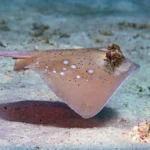
Bowmouth guitarfish
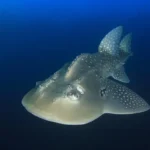
Clownfish
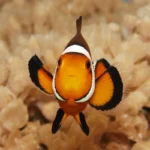
Dogfish
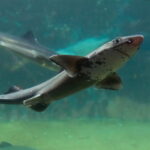
Grunt sculpin
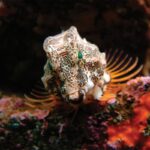
Indo-Pacific leopard shark
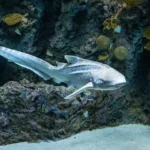
Leaf scorpionfish
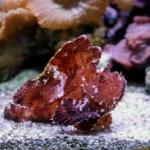
Leopard whiptail ray
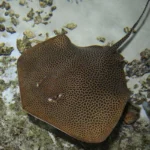
Moray eels
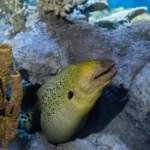
Pipefish
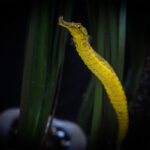
Pufferfish and porcupinefish
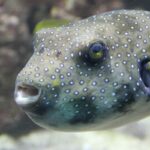
Red lionfish
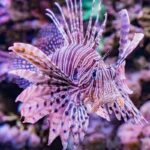
Rockfish
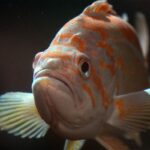
Salmon
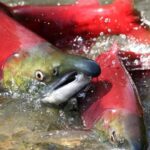
Seahorses
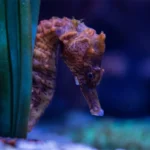
Spotted eagle rays
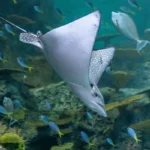
Sturgeon
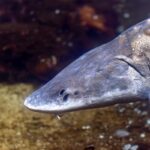
Tangs & unicornfish
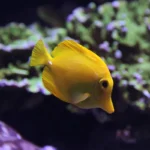
Triggerfish
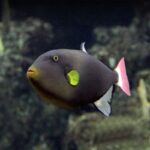
Whitespotted boxfish
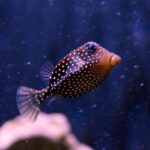
Wolf eel

Invertebrates
What’s an invertebrate? An animal without a backbone—in fact, an animal without any bones at all! Select this category for a dip into the intriguing array of invertebrates that you’ll find throughout the Aquarium’s habitats: spiky sea urchins, sticky anemones, soft sea cucumbers, luminous moon jellies and more.
Mammals
Can you tell the difference between a sea otter and river otter? How about a harbor seal and a fur seal? Visit these pages to expand your knowledge about the similarities—and differences—between the four marine mammal species in our care at the Seattle Aquarium.
Explore
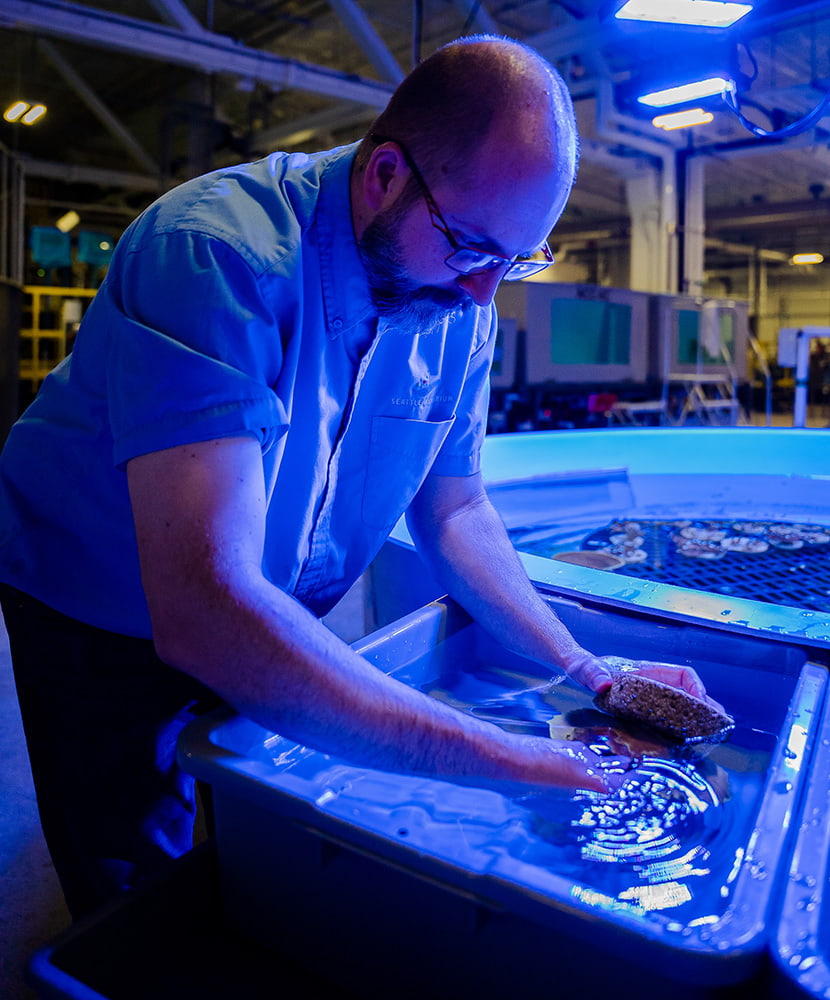
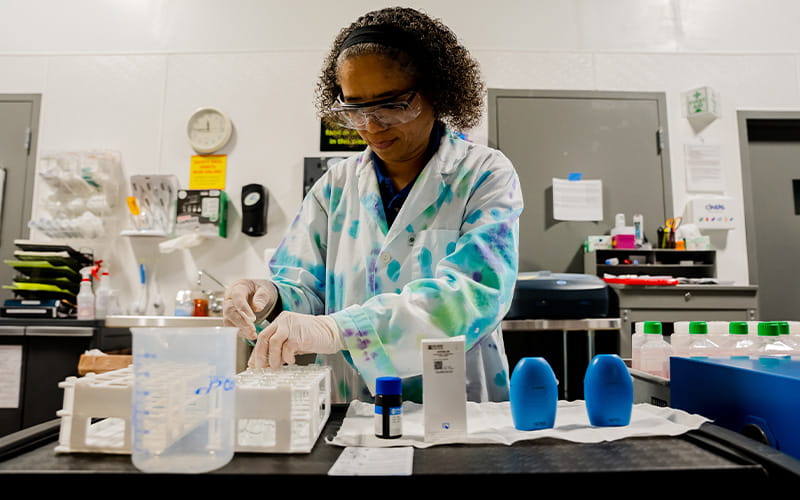
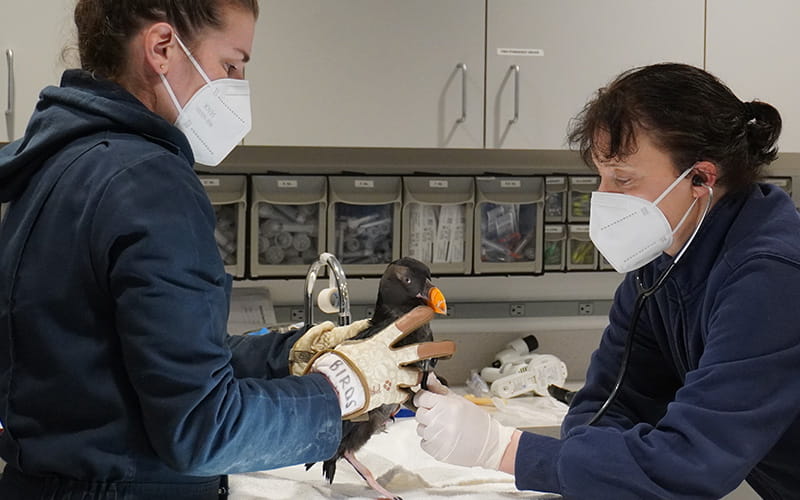
Animal Wellbeing
Caring for animals at the Aquarium is core to our marine conservation mission.
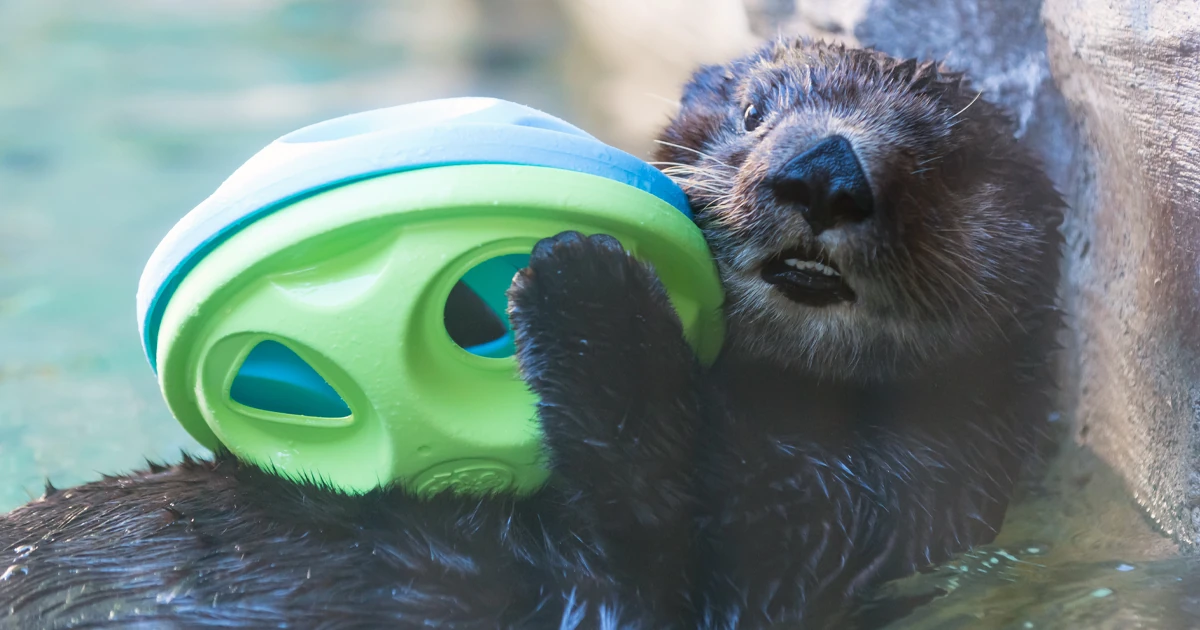
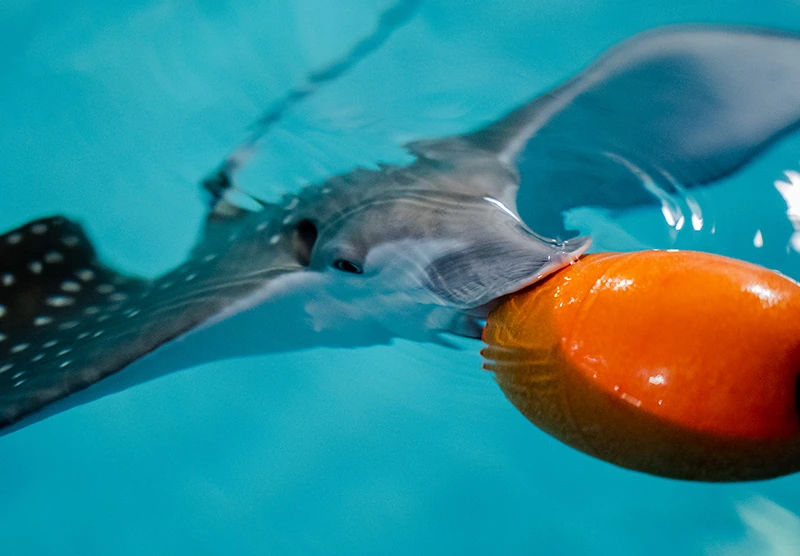
Animal enrichment and training
Just like humans, animals do best when they have opportunities to explore, learn, make choices and experience new things.
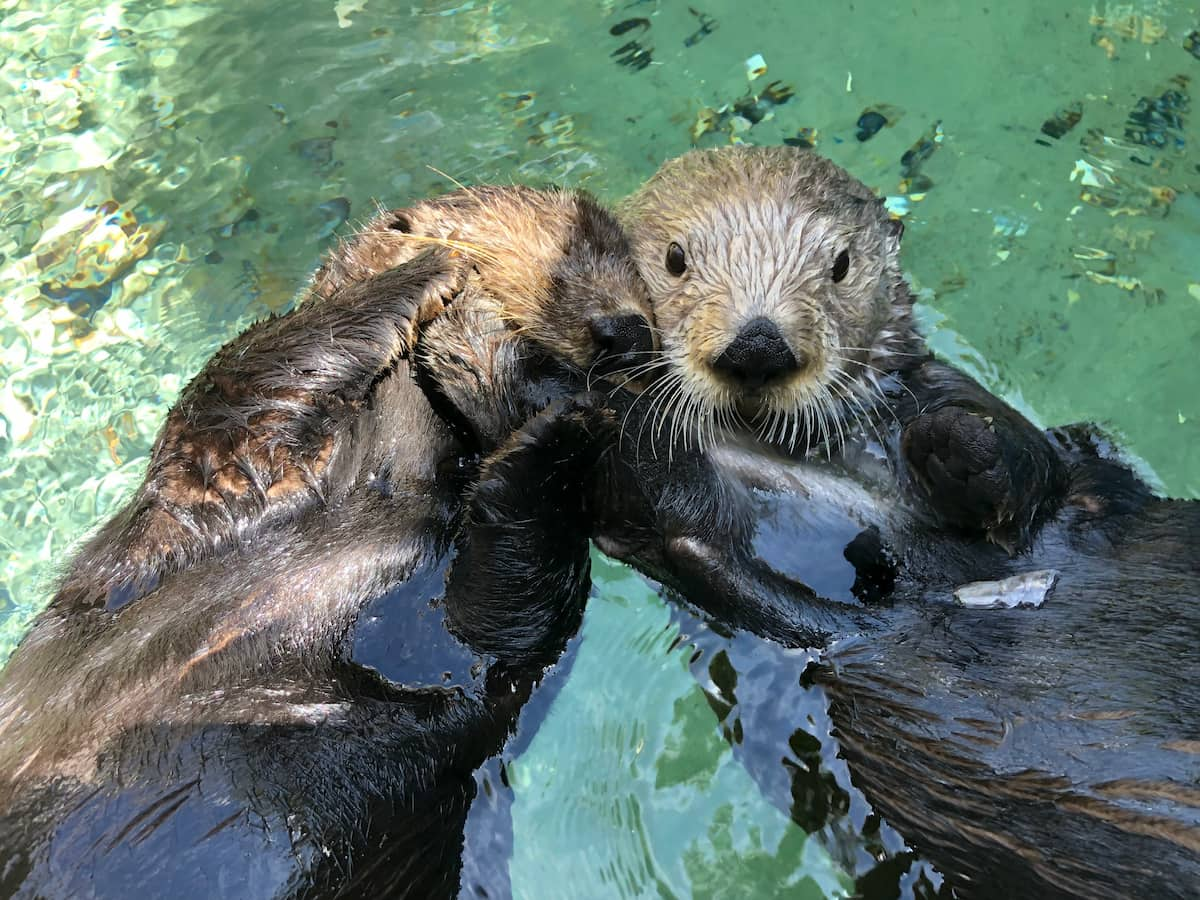
Live webcams
See what some of the Seattle Aquarium residents are up to in real time with our live streaming cams!
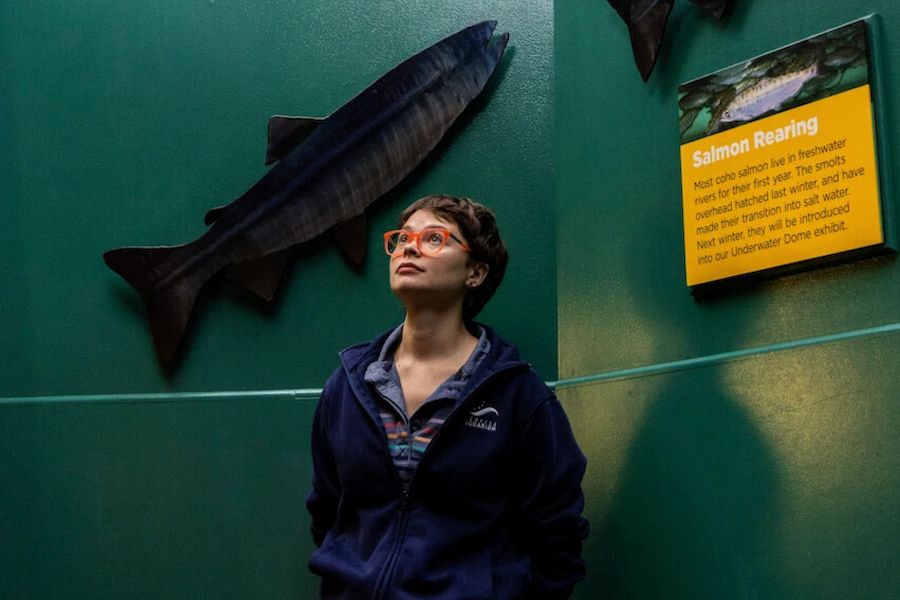


Humans of the Aquarium
Humans, like all animals, depend on the ocean. Humans of the Aquarium is a story project about our interconnectedness and relationships with the natural world. It features some of the humans who steward our mission, Inspiring Conservation of Our Marine Environment, and what inspires their work.


